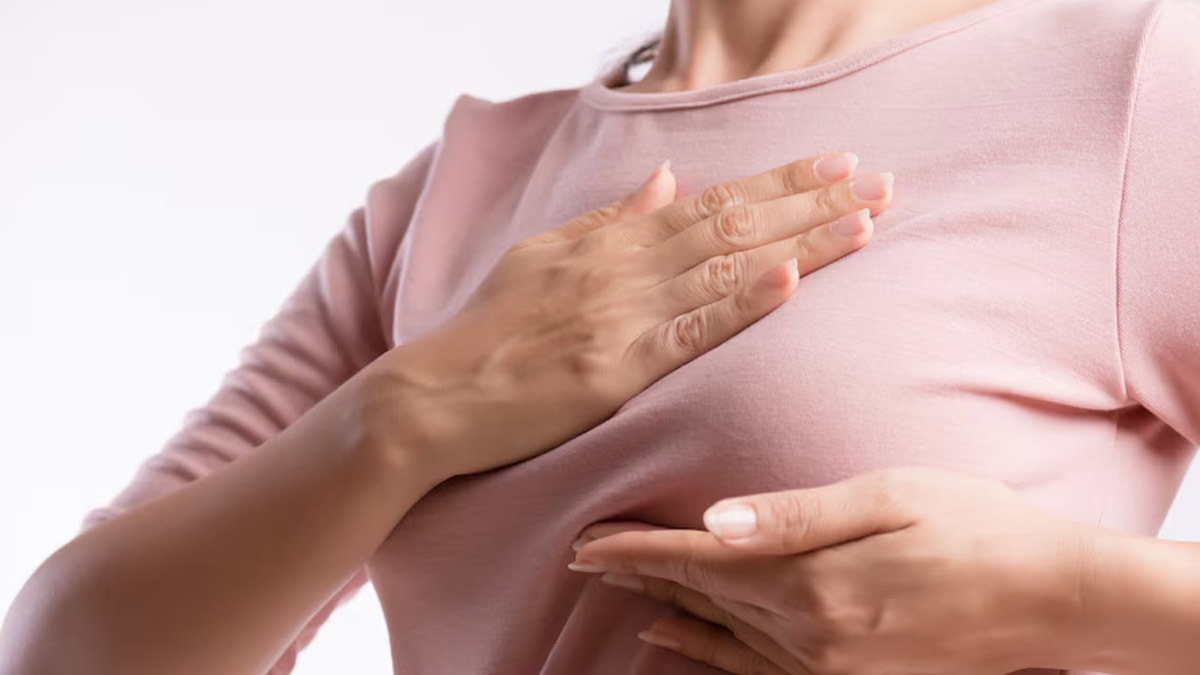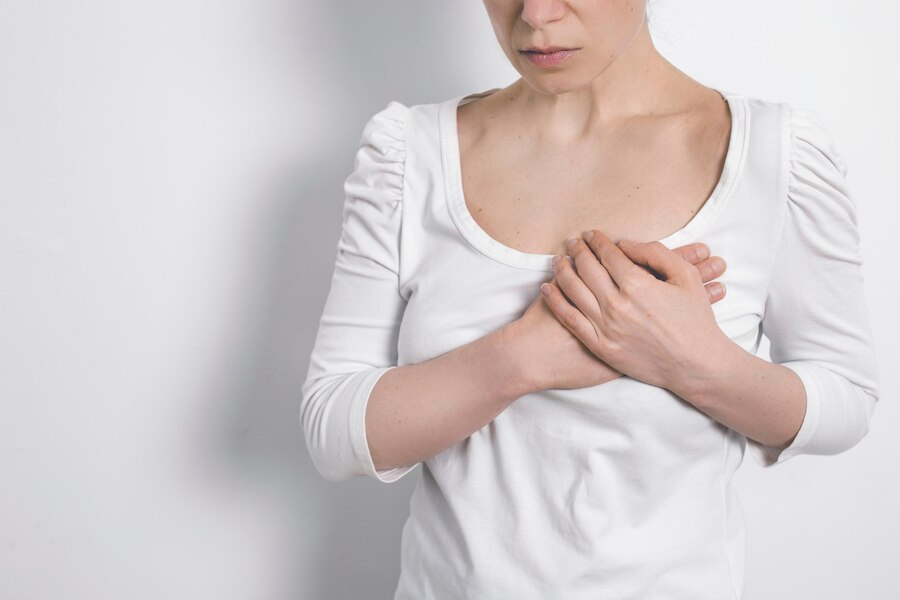
An inverted nipple can be concerning, especially since it is one of the most common signs of breast cancer in both men and women. It is characterised by the nipple turning inward into the breast or lying flat against the breast. When associated with breast cancer, an inverted nipple occurs due to malignant cells infiltrating the lactiferous ducts. But it is important to note that an inverted nipple can also have non-cancerous causes, meaning they may not always be related to cancer.
Table of Content:-
Non-Cancerous Causes Of Inverted Nipples

According to StatPearls Publishing, an inverted nipple has a prevalence of 10–20% in the general population. It is usually not life-threatening but can be "psychologically and physiologically damaging to an individual," the research suggests.
In an interaction with the OnlyMyHealth team, Dr Garvit Chitkara, Senior Consultant - Breast Surgical Oncology, Nanavati Max Super Speciality Hospital, Mumbai, says, "Inverted nipples can be caused by several non-cancerous conditions, including congenital reasons where a person is born with inverted nipples."
Also Read: Dense Breasts Are A Risk Factor For Breast Cancer: What Do Dense Breasts Mean?
"Other common non-cancerous causes include trauma or injury to the breast, infections that lead to scarring or inflammation, and conditions such as duct ectasia, where the milk ducts under the nipple become thickened and shortened, pulling the nipple inward," he adds.
It is also important to note that hormonal changes can lead to nipple inversion too.
According to the doctor, hormonal fluctuations, especially those related to puberty, pregnancy, and menopause, can cause changes in the breast tissue, which may result in the inversion of the nipples. However, these changes are often temporary and can resolve on their own, he shares.
When Should You Be Concerned?

In most cases, inverted nipples do not signal breast cancer. However, there are certain indications that should prompt concern and urge you to visit a doctor. These include:
- A sudden change in nipple appearance
- Nipple discharge
- A lump in the breast
- Redness or swelling
- Skin changes around the nipple or breast
Dr Chitkara says, “If you detect a nipple inversion, especially if it is a new development, it is advisable to consult a healthcare provider for an evaluation. The doctor may conduct a clinical examination and recommend imaging tests such as a mammogram or ultrasound to determine the underlying cause.”
He adds, “Early consultation is important, particularly if the inversion is accompanied by other concerning symptoms.”
Also Read: Rare, But Men Can Also Develop Breast Cancer: Expert Shares Who Is At Risk And Warning Signs
How To Approach Non-Cancerous Nipple Inversion

While treatment options for nipple inversion depend on the underlying cause, in cases where the inversion is due to non-cancerous reasons, simple surgical procedures can correct the condition. However, research suggests that most of the cases do not need surgical correction.
People should also watch out for lifestyle factors, such as wearing poorly fitted bras that cause pressure on the nipples, trauma or injury to the breast, and certain infections that contribute to nipple inversion.
Additionally, in cases caused by infections, treating the infection may resolve the issue.
If the inversion is related to other breast conditions, treating the underlying condition will often correct the inversion as well, Dr Chitkara advises.
Also watch this video
Read Next
London Woman Turned Out To Be Allergic To Her Own Menstrual Cycle; Know All About The Diagnosis
How we keep this article up to date:
We work with experts and keep a close eye on the latest in health and wellness. Whenever there is a new research or helpful information, we update our articles with accurate and useful advice.
Current Version